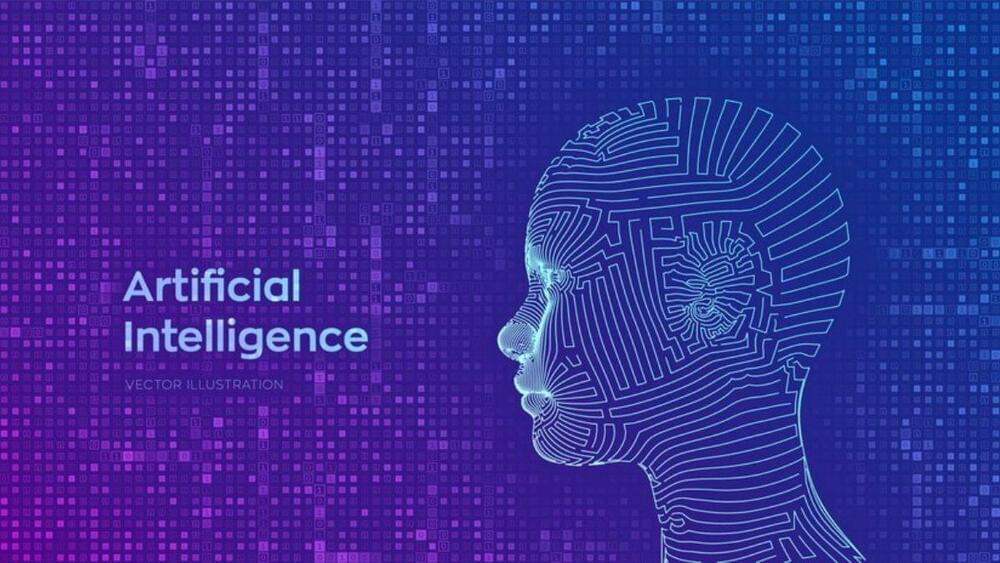Neuromorphic computing, inspired by the intricate architecture and functionality of the human brain, represents a departure from traditional computing paradigms. Unlike conventional von Neumann architectures, which rely on sequential processing and centralized memory, neuromorphic systems emulate the parallelism, event-driven processing, and adaptive learning capabilities of biological neural networks. By leveraging principles such as massive parallelism and event-driven modality, neuromorphic computing offers a more efficient and flexible approach to processing complex data in real-time.
Advantages of Neuromorphic Computing for IoT
The adoption of neuromorphic computing in IoT promises many benefits, ranging from enhanced processing power and energy efficiency to increased reliability and adaptability. Here are some key advantages:
